Past Events
Interested in Cotsen events? Sign up for our mailing list.Parker VanValkenburgh
Associate Professor in the Anthropology Department at Brown University
Friday, March 3rd 12pm PT
Register at https://tinyurl.com/AWGKuelap
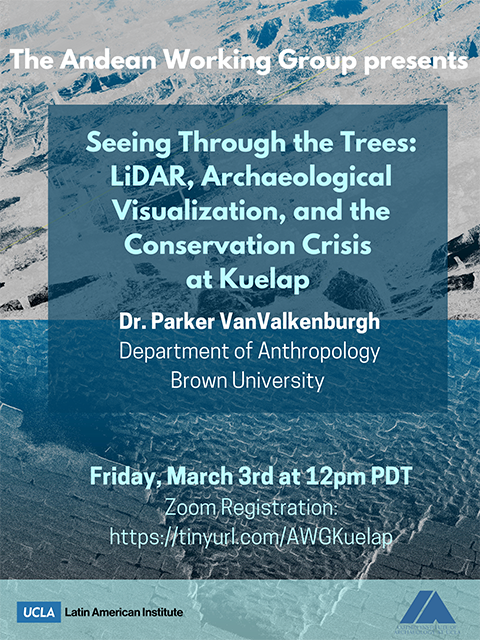
Organized by the Andean Working Group and cosponsored by the Cotsen Institute of Archaeology and the UCLA Latin American Institute
Contact Rachel Schloss
Email rachelschloss@g.ucla.edu
Phone
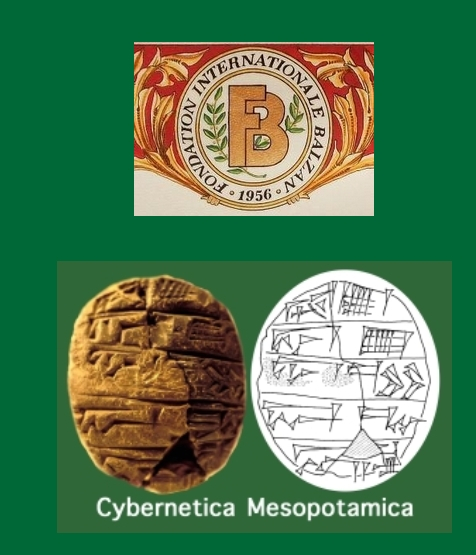 ABSTRACT: Archaeological publishing rests on two basic pillars: printed reports and digital databases. We propose to use the website as an epistemic system that allows for a better integration of the two. We will first present a concrete implementation of the system as it applies to the excavations at Tell Mozan, ancient Urkesh. The digital record consists of a cluster of websites where narrative and databases are tightly interlaced, allowing for a smooth interconnection between grammar and hermeneutics: the dignity of the fragment rests on the dual aspect of its retaining its individuality while at the same time being seen as part of a meaningful whole. We will then discuss the notion of digital discourse as a theoretical model, according to which multiple planes are structurally interlaced and integrated, having been so conceived, concurrently, by the author(s) so as to be so.
ABSTRACT: Archaeological publishing rests on two basic pillars: printed reports and digital databases. We propose to use the website as an epistemic system that allows for a better integration of the two. We will first present a concrete implementation of the system as it applies to the excavations at Tell Mozan, ancient Urkesh. The digital record consists of a cluster of websites where narrative and databases are tightly interlaced, allowing for a smooth interconnection between grammar and hermeneutics: the dignity of the fragment rests on the dual aspect of its retaining its individuality while at the same time being seen as part of a meaningful whole. We will then discuss the notion of digital discourse as a theoretical model, according to which multiple planes are structurally interlaced and integrated, having been so conceived, concurrently, by the author(s) so as to be so.
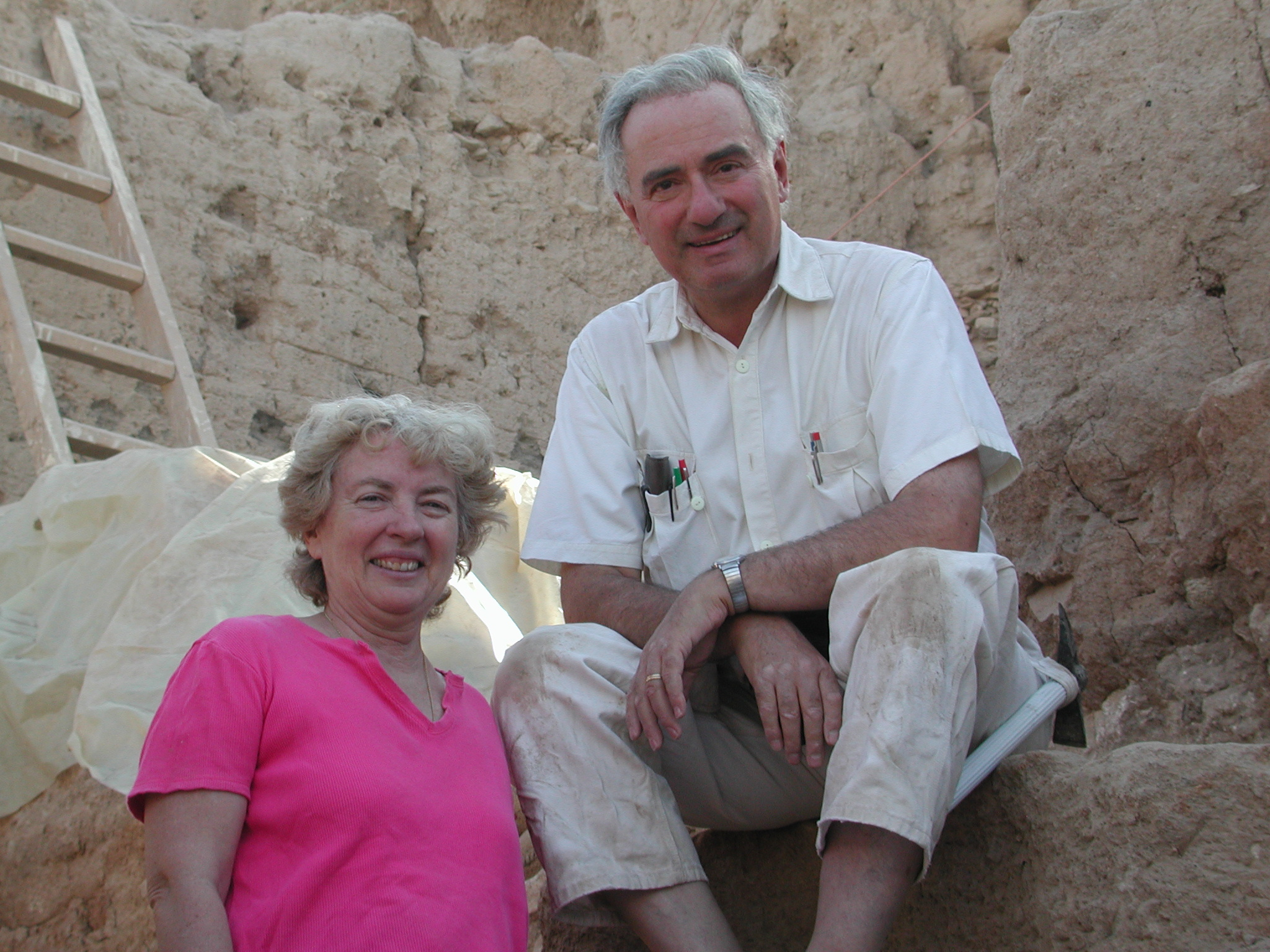
Contact Sumiji Takahashi
Email sutakahashi@ioa.ucla.edu
Phone 310-825-4169
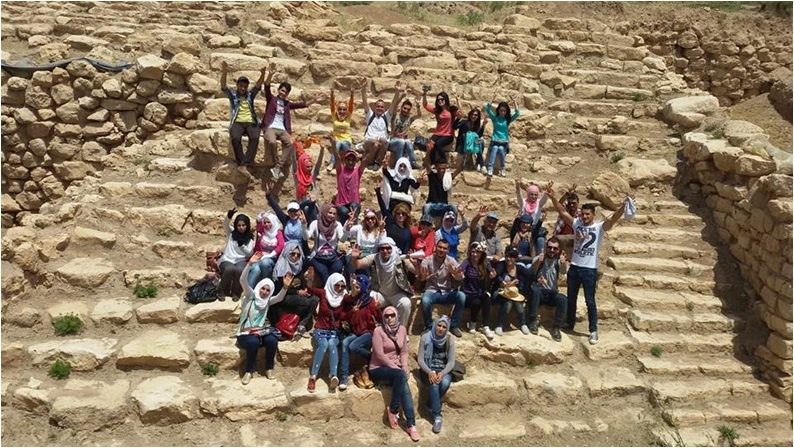 A conversation with
A conversation with
Giorgio Buccellati
Marilyn Kelly-Buccellati
Maryanne Wolf
February 16, 2023
6:00 PM PT
Remote via Zoom
Join us in unearthing the secrets of a 5,000-year-old civilization when cities first began to take shape. In northeastern Syria, the Hurrian city of Urkesh had been excavated and studied for twenty-five years before the work was halted by war. Learn how the study of Urkesh has been impacted by plundering and defacing but continues to engage the local community and provide impactful records even beyond archaeology. Archaeologists Giorgio Buccellati and Marilyn Kelly-Buccellati will be joined by neuropsychologist Maryanne Wolf for a conversation where cognitive psychology meets archaeology.
Registration Required
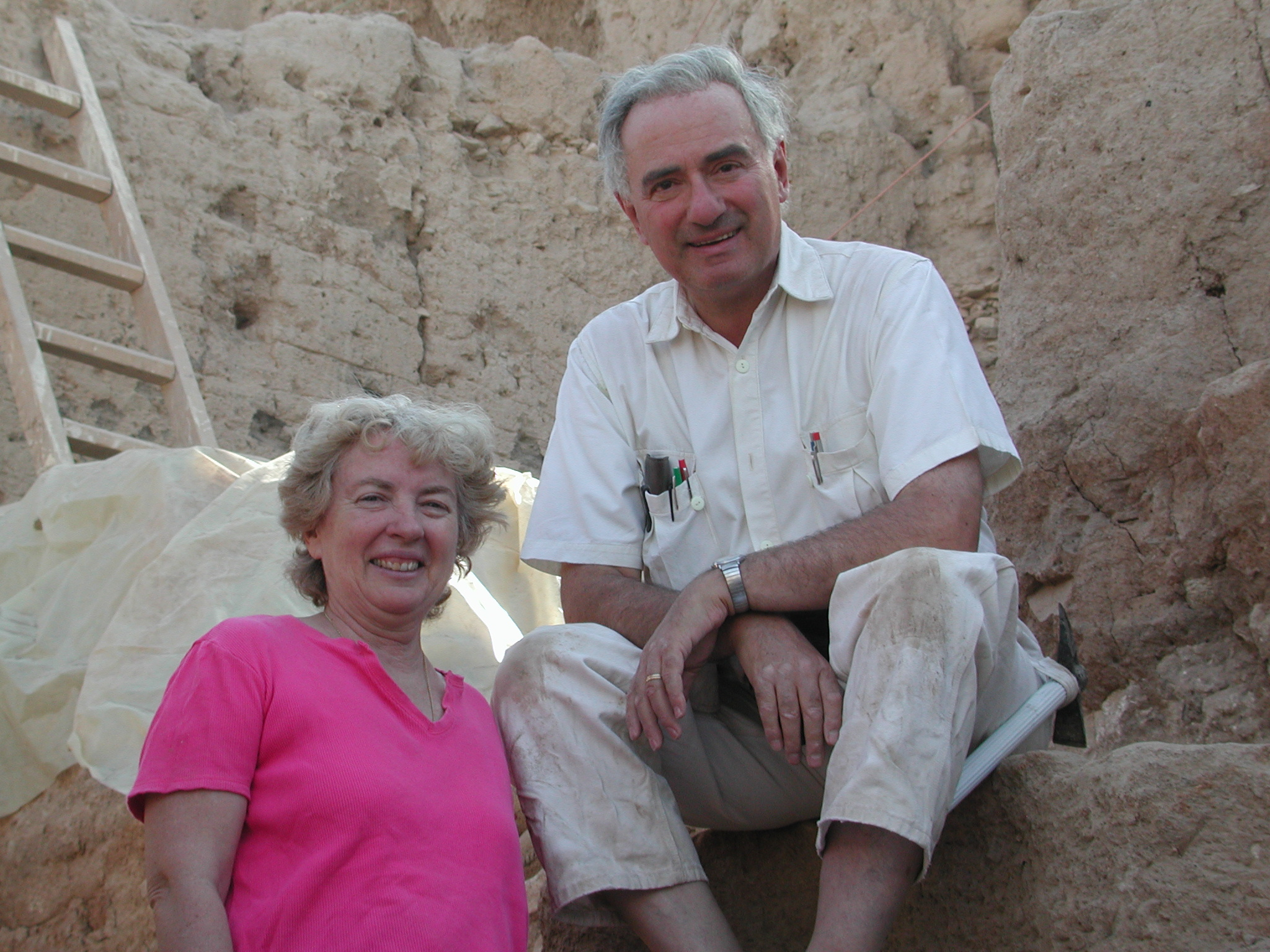
Contact Michelle Jacobson
Email mjacobson@ioa.ucla.edu
Phone
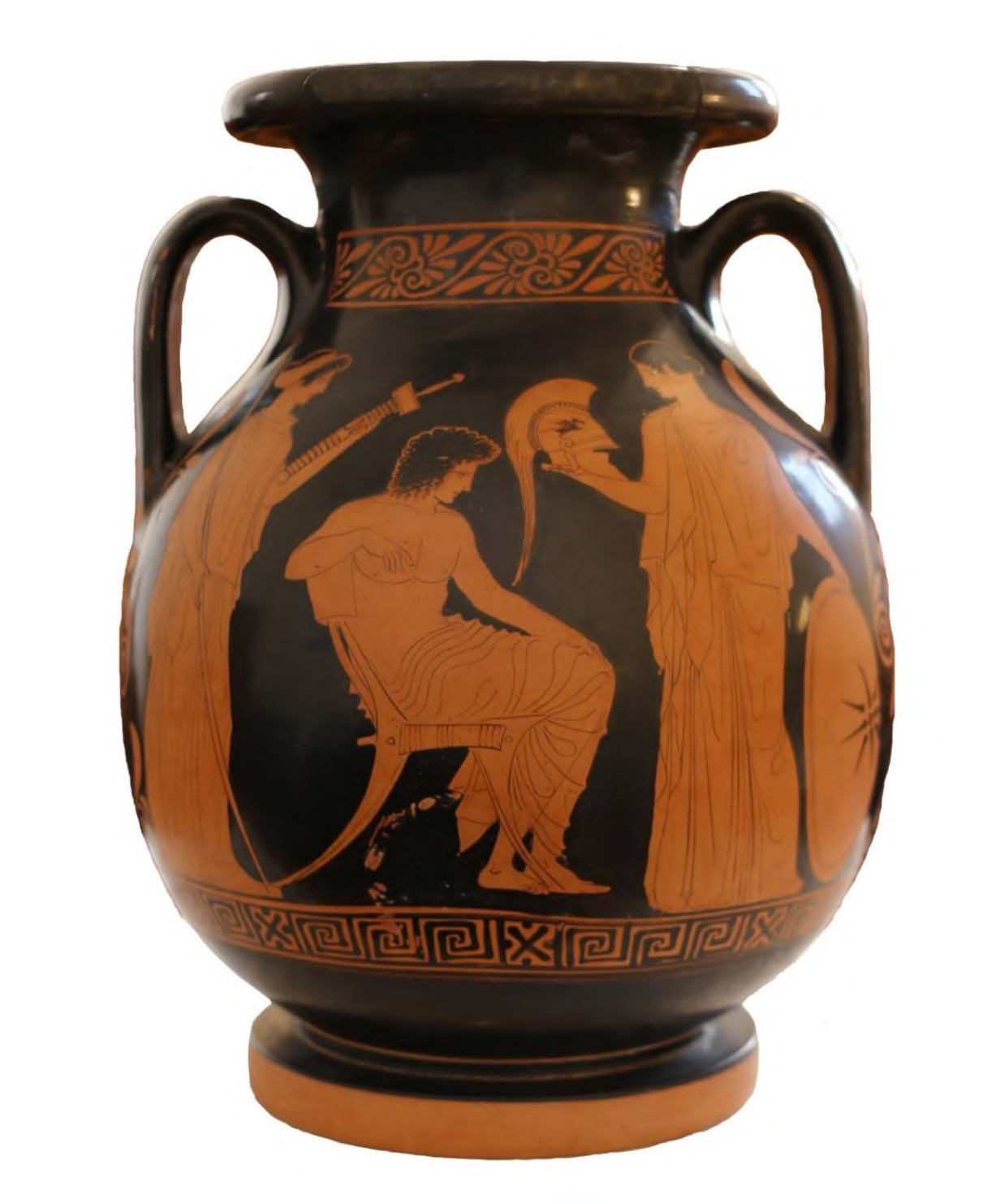
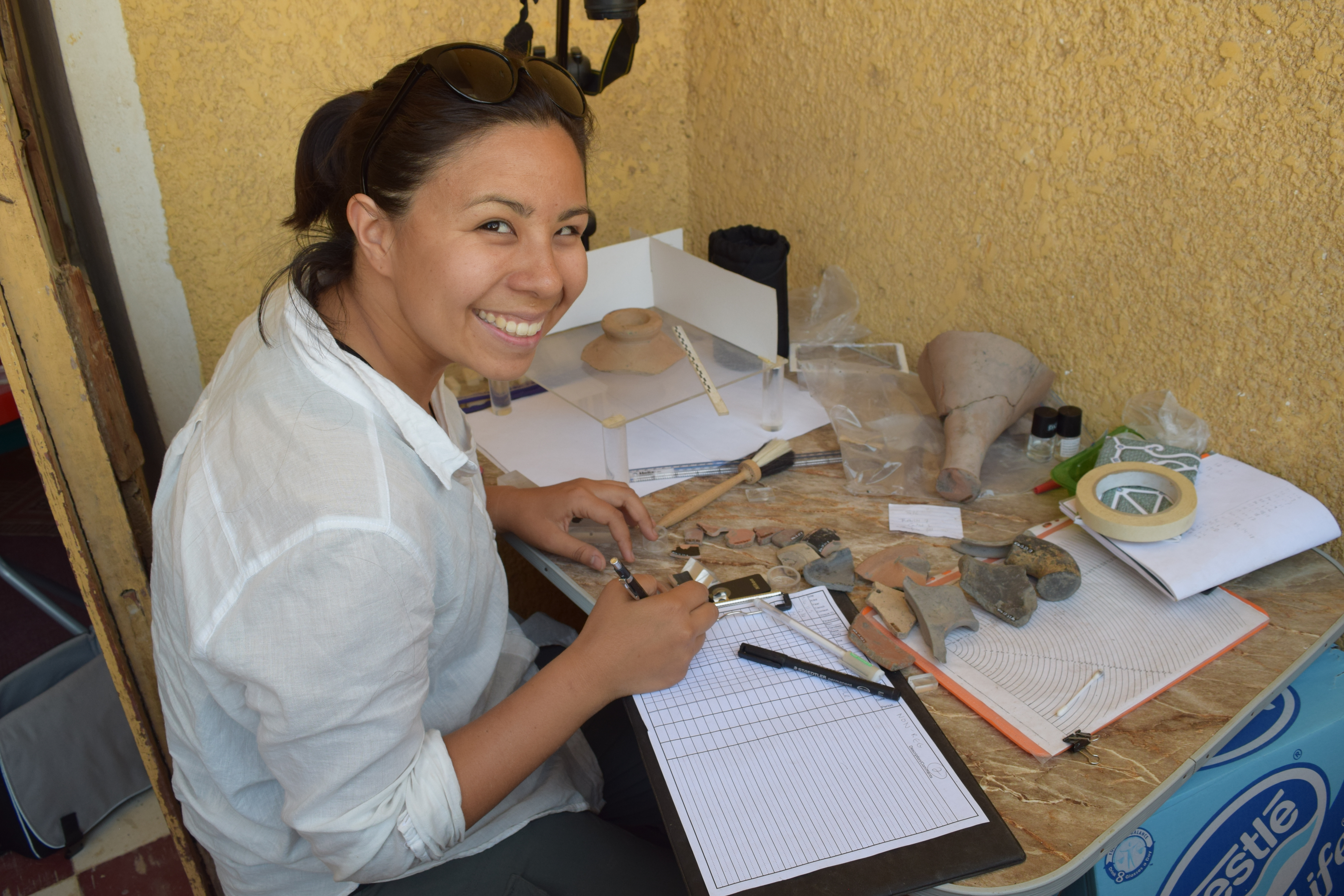
Contact
Email sutakahashi@ioa.ucla.edu
Phone 310-825-4169
Abstract: Migrants are thought to have facilitated the exchange of goods and ideas around the Mediterranean throughout Greek history, yet the lived experiences of these individuals, families, and communities remain relatively under-studied. The cultural identities of migrants are often fixed to their place of origin, perceived by scholars as “others” in the new societies in which they lived. Archaeological approaches to the burials of migrants assume that this “otherness” will be reflected in material culture, with imported grave goods and practices used as the basis for the identification of the grave of a migrant. This talk will challenge these assumptions through the analysis of the burial of a man from Chios in late 5th century BC Athens, not only by comparing the burial practices of Chios and Athens to identify which practices were maintained, abandoned, or altered, but also by contextualizing the burial through the deceased’s age, gender, status, occupation, and possible reasons for leaving home.
Bio: Camille Reiko Acosta is a PhD candidate at the Cotsen Institute of Archaeology at UCLA. She received her BA from the University of Edinburgh and her MA from the University of Oxford. Her dissertation project focuses on the burial practices of migrants in Classical Athens, and additionally, she is a member of the British Museum’s Naukratis Project (Egypt) and UCLA’s Ancient Methone Archaeological Project (Greece), studying the Archaic and Classical Greek ceramic assemblages.
RSVP for remote attendance here: https://ucla.zoom.us/meeting/register/tJYuc-mhpzMqGdcF0LNaSAOHbvlE9PvtJ6Ny
Contact Sumiji Takahashi
Email sutakahashi@ioa.ucla.edu
Phone 310-825-4169
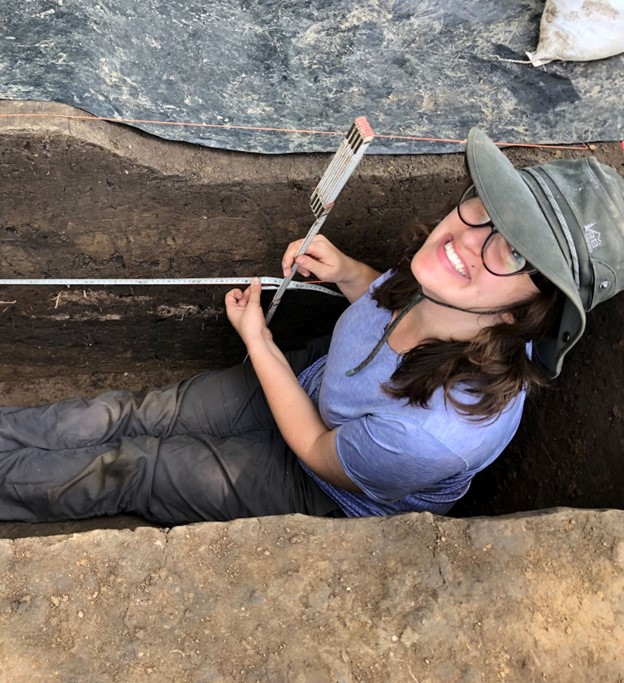 Abstract: Tres Zapotes is an important site in the broader discussion of Olmec cultural continuity and formative period political economy with an archaeological record that spans the two millennia between 1000 B.C. and A.D. 1000. It is a key site for understanding the emergence of Classic period civilization from ancient Olmec roots in Mexico’s southern Gulf Coast lowlands. The occupational history and archaeological record at Tres Zapotes challenges the previous notion that Olmec culture and traditions “collapsed” with the decline of La Venta around 400 B.C. and recent work has argued that a shift from a centralized political structure to a more decentralized/collective one can be attributed to the fluorescence of Tres Zapotes when other polities fell. To expand upon this work, I utilize paleoethnobotanical data from Tres Zapotes to examine what patterns in foodways (practices surrounding food production, consumption, storage and disposal) can reveal regarding sociopolitical transformations over Tres Zapotes’ long culture sequence. Comparative analyses across elite and non-elite contexts through time reveals changes in provisioning and processing strategies providing insight into the role of food, especially maize, throughout Tres Zapotes’ continuous occupation and the changes in political-strategies therein.
Abstract: Tres Zapotes is an important site in the broader discussion of Olmec cultural continuity and formative period political economy with an archaeological record that spans the two millennia between 1000 B.C. and A.D. 1000. It is a key site for understanding the emergence of Classic period civilization from ancient Olmec roots in Mexico’s southern Gulf Coast lowlands. The occupational history and archaeological record at Tres Zapotes challenges the previous notion that Olmec culture and traditions “collapsed” with the decline of La Venta around 400 B.C. and recent work has argued that a shift from a centralized political structure to a more decentralized/collective one can be attributed to the fluorescence of Tres Zapotes when other polities fell. To expand upon this work, I utilize paleoethnobotanical data from Tres Zapotes to examine what patterns in foodways (practices surrounding food production, consumption, storage and disposal) can reveal regarding sociopolitical transformations over Tres Zapotes’ long culture sequence. Comparative analyses across elite and non-elite contexts through time reveals changes in provisioning and processing strategies providing insight into the role of food, especially maize, throughout Tres Zapotes’ continuous occupation and the changes in political-strategies therein.
Bio: Victoria Newhall is a third year archaeology graduate student in the Department of Anthropology at UCLA. Her research explores emergent social inequality and the development of socio-political complexity in Formative Mesoamerica through the lens of foodways utilizing paleoethnobotanical methods. She is also interested in social identity and issues of equity and diversity as they relate to the discipline of archeology. Victoria is a non-traditional student who transferred from Santa Barbara City College to UCSB for her undergraduate degree. She is dedicated to mentoring students who are navigating similar pathways in higher education.
Contact
Email sutakahashi@ioa.ucla.edu
Phone 310-825-4169
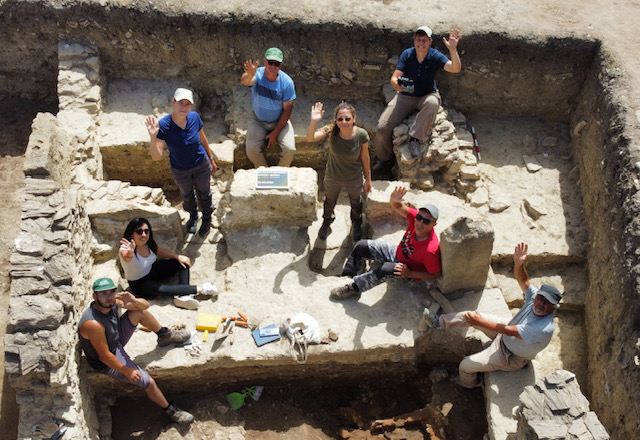
Abstract: The city of Selinous, on the southern coast of Sicily, was founded by Greek settlers at the end of the 7th century BCE. After being destroyed by the Carthaginians at the end of the fifth century BCE it was used as a fortress and subsequently rebuilt as a civil settlement with distinct material characteristics known from the Punic sphere of influence. During the first Punic war it was abandoned and never extensively reoccupied. For this reason, the city of the Greek period is still largely preserved and well protected in one of the biggest archaeological parks of Europe. Its monumental sacred and public spaces are widely known, yet, many questions remain concerning not only the various transformations of the area after the catastrophic event of 409 BCE, but also the specific development and use of the urban space from the 7th century onwards.
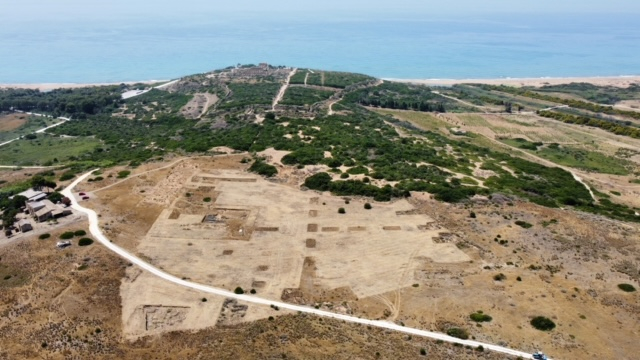
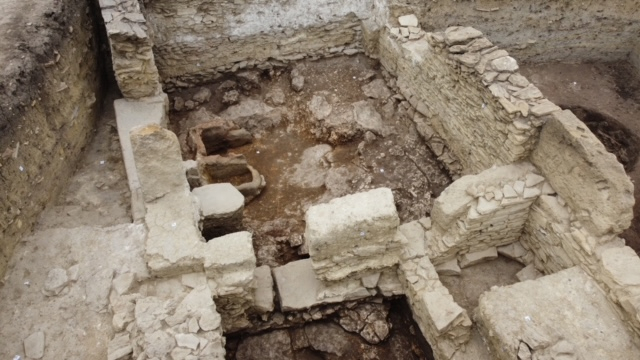
Bio: Dr. Melanie Jonasch is a Classical archaeologist and research associate at the German Archaeological Institute in Rome and Berlin. Since 2021 she has coordinated a multidisciplinary field- project in Selinous (Sicily) and is responsible for the archaeological excavations conducted in this framework. She will be a fellow of the AIA at the Cotsen-Institute of Archaeology until April where she will begin work on a new project about population aggregation and the development of secondary settlements in the neighborhood of the emerging Greek colonies.
Contact Sumiji Takahashi
Email sutakahashi@ioa.ucla.edu
Phone 310-825-4169
Abstract: For at least 2,000 years before Spanish arrival in 1502, the province of Bocas del Toro, Panama, sustained numerous vibrant cultures. However, little archaeological research has been done in this area. For decades, this area has been considered a ‘cultural backwater’ with only simple, small-scale settlements. Dr. Tom Wake’s excavations at Sitio Abuelitas and Sitio Drago on Isla Colon, the largest island in Bocas del Toro, have altered this picture as burials, house mounds, and artifacts from across Central America have been found. Carly Pope’s research focuses on the ceramics from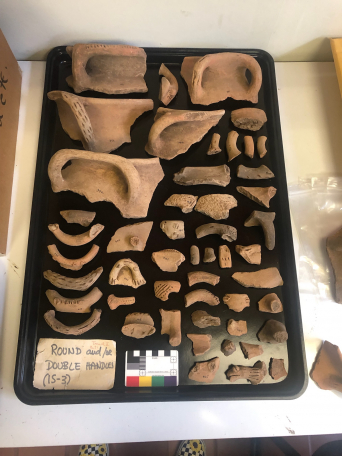 these sites, including locally-made wares as well as foreign imports, and the potential they hold to elucidate both interregional systems of cultural interaction and community-level organization. From July to December 2022, examinations focused on collecting frequency data, selecting samples, and preparing for future research.
these sites, including locally-made wares as well as foreign imports, and the potential they hold to elucidate both interregional systems of cultural interaction and community-level organization. From July to December 2022, examinations focused on collecting frequency data, selecting samples, and preparing for future research.
Bio: Carly Pope was born and raised in Atlanta, GA. She earned her BA in art and archaeology from Princeton University in 2016 and her senior thesis focused on the emergence of early pottery in different parts of Latin America. She continued her education at the University College London, where she obtained a MA in archaeology. For her master’s thesis she analyzed pottery used in salt processing by the Maya of coastal Belize. While her research focuses on Central America, Carly has also excavated at a Roman port in Thrace, Greece; a Basketmaker II site in Cortez, Colorado; a Medieval pilgrims’ cemetery in the Basque area of Spain; a Middle Kingdom amethyst mine near Aswan, Egypt; and a Maya town site in Yucatan, Mexico. She has presented at a variety of academic and professional conferences, including the International Congress on the Anthropology of Salt and the Society for American Archaeology annual meeting.
Contact Sumiji Takahashi
Email sutakahashi@ioa.ucla.edu
Phone 310-825-4169
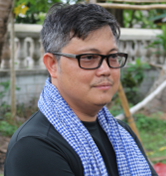
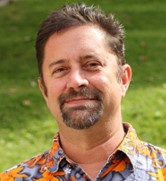
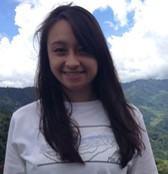
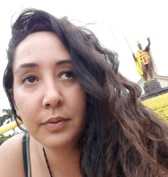
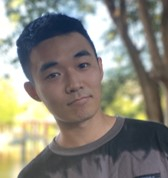
 Abstract: During August of 2022 a collaborative archaeological team led by Stephen Acabado (UCLA) and Kevin DiModica (University of Namur) conducted forensic archaeological investigations at a US WW2 aircraft crash site in eastern Belgium. The purpose of the project was to recover material evidence pertaining to a still missing member of the US aircrew. We discuss the organization of the project, collaboration with our Belgian counterparts and the DPAA, the field methods employed and the results of our field work.
Abstract: During August of 2022 a collaborative archaeological team led by Stephen Acabado (UCLA) and Kevin DiModica (University of Namur) conducted forensic archaeological investigations at a US WW2 aircraft crash site in eastern Belgium. The purpose of the project was to recover material evidence pertaining to a still missing member of the US aircrew. We discuss the organization of the project, collaboration with our Belgian counterparts and the DPAA, the field methods employed and the results of our field work.
Contact Sumiji Takahashi
Email sutakahashi@ioa.ucla.edu
Phone 310-825-4169
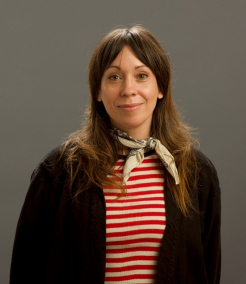 Abstract and Bio: Dr. Sarah A Lacy is a paleoanthropologist and associate professor at California State University Dominguez Hills. Her work on Neanderthals and early modern humans has explored differential oral and respiratory health to understand why we're the only living taxonomic group of humans on the planet today. She is now working with a team in North Macedonia to excavate the site of Uzun Mera, a newly discovered Middle Paleolithic stone tool manufacturing workshop, as well as look for additional sites across the country. This project is also a field school, so that archaeologists in training of all types can participate in a wide variety of excavation and survey methods in a country whose Paleolithic history has only recently begun to be explored.
Abstract and Bio: Dr. Sarah A Lacy is a paleoanthropologist and associate professor at California State University Dominguez Hills. Her work on Neanderthals and early modern humans has explored differential oral and respiratory health to understand why we're the only living taxonomic group of humans on the planet today. She is now working with a team in North Macedonia to excavate the site of Uzun Mera, a newly discovered Middle Paleolithic stone tool manufacturing workshop, as well as look for additional sites across the country. This project is also a field school, so that archaeologists in training of all types can participate in a wide variety of excavation and survey methods in a country whose Paleolithic history has only recently begun to be explored.
Contact Sumiji Takahashi
Email sutakahashi@ioa.ucla.edu
Phone 310-825-4169
- ‹ previous
- 10 of 50
- next ›



